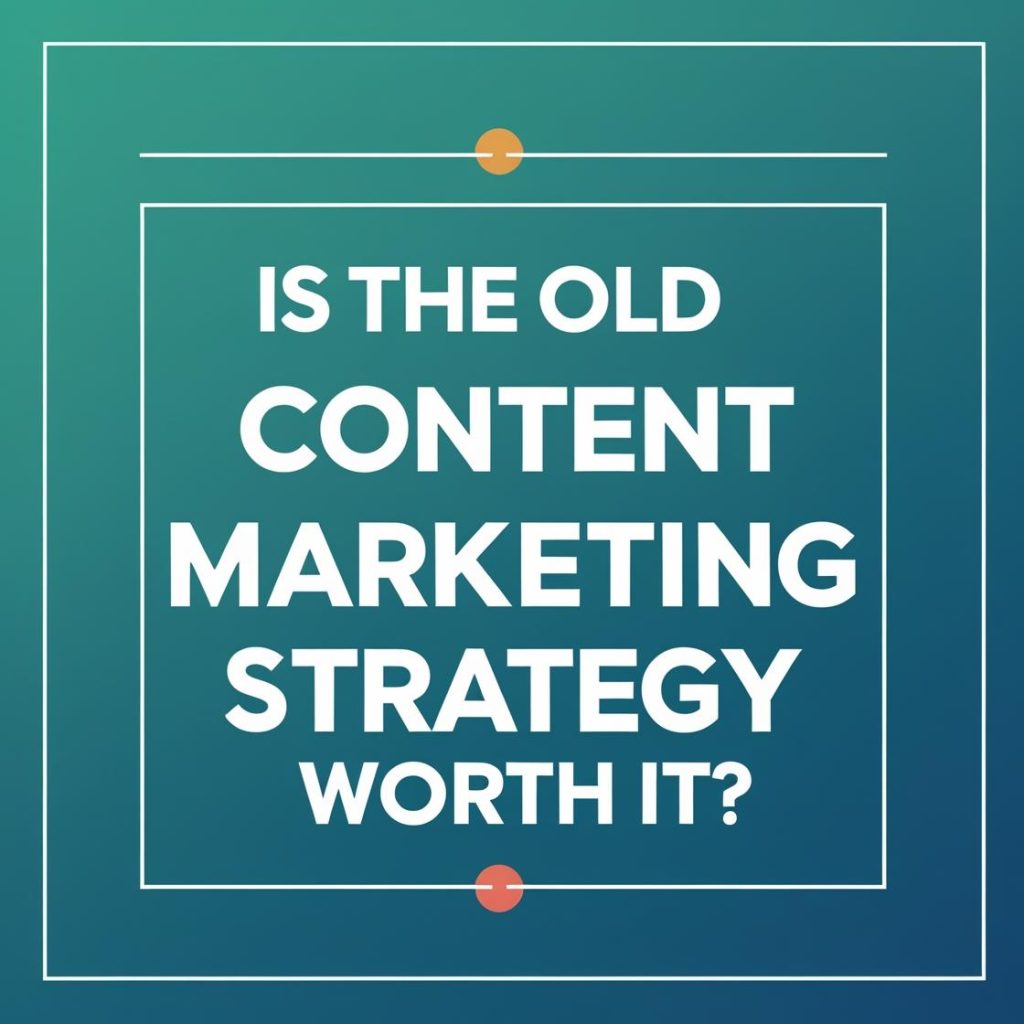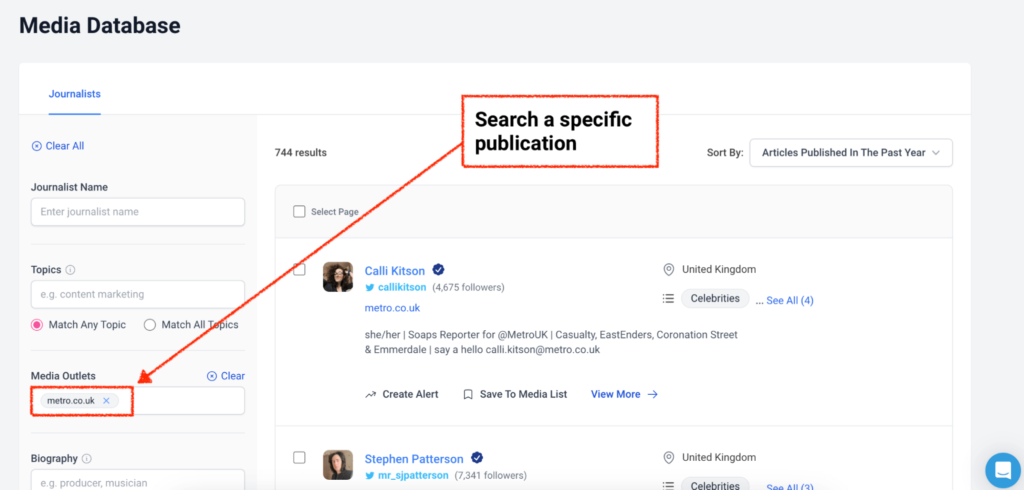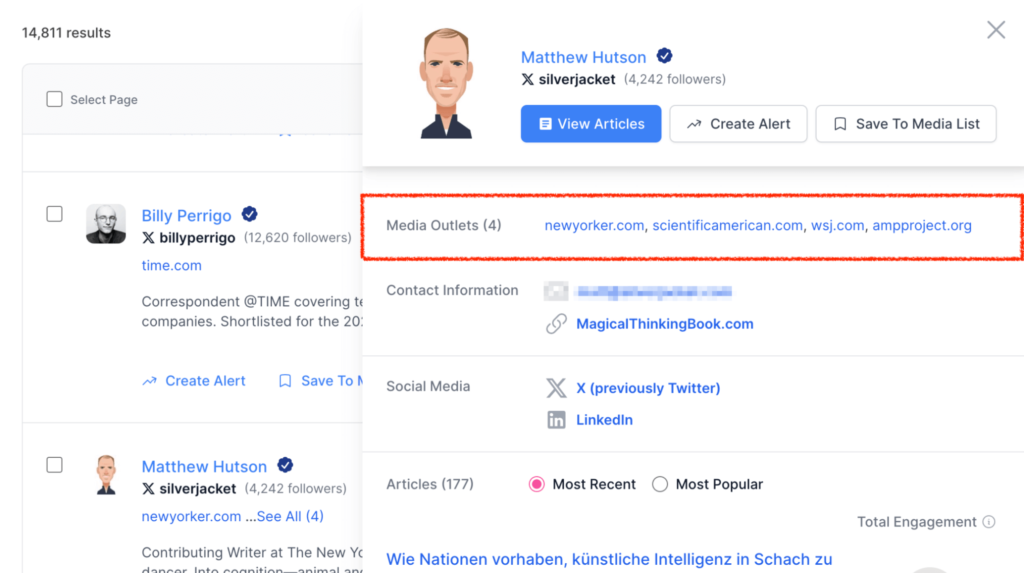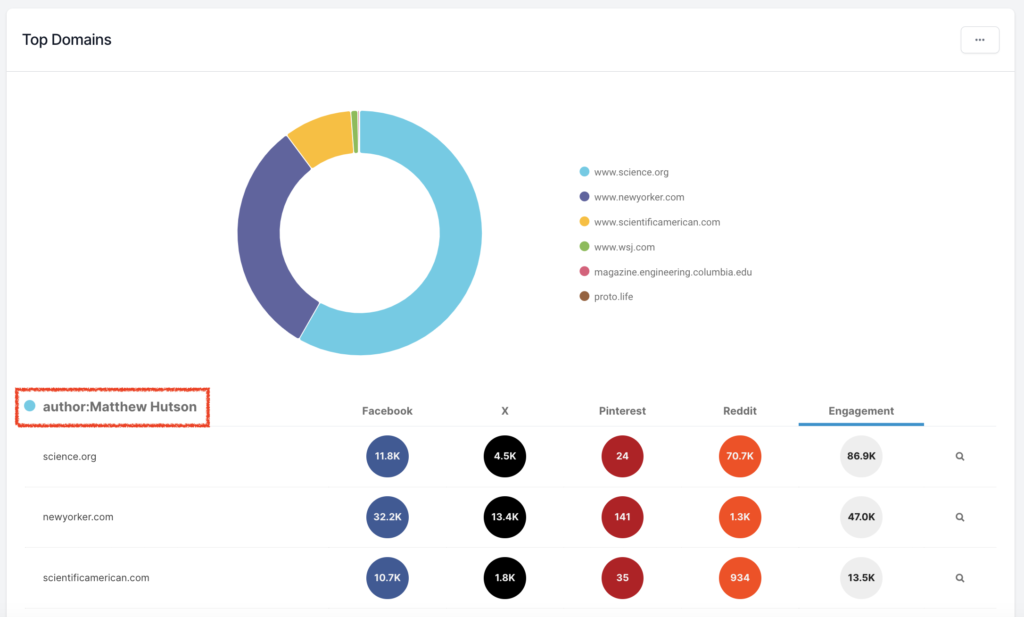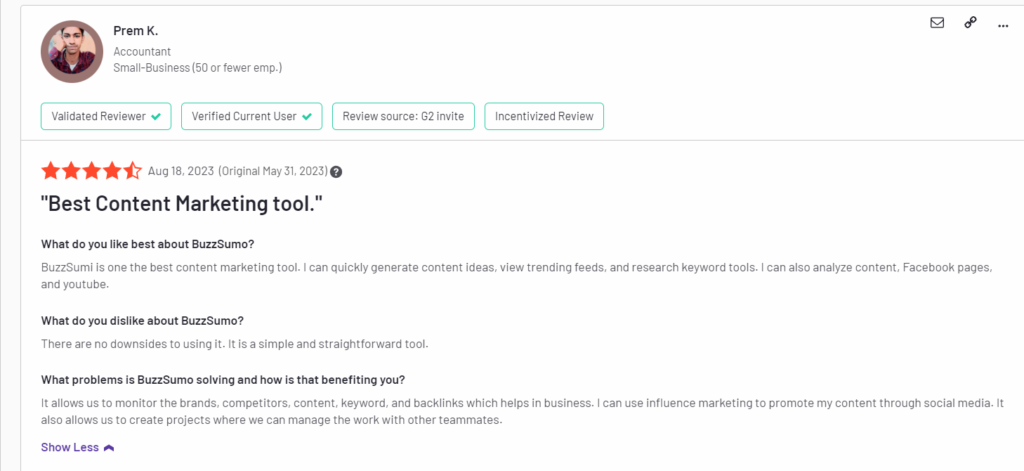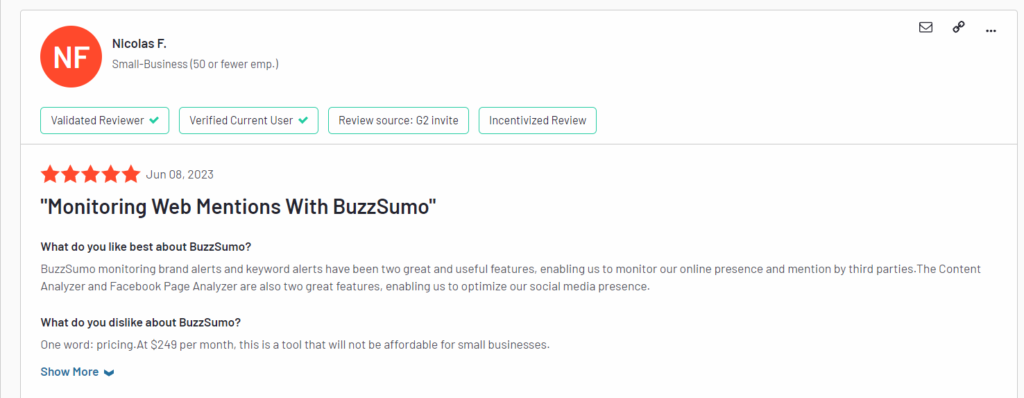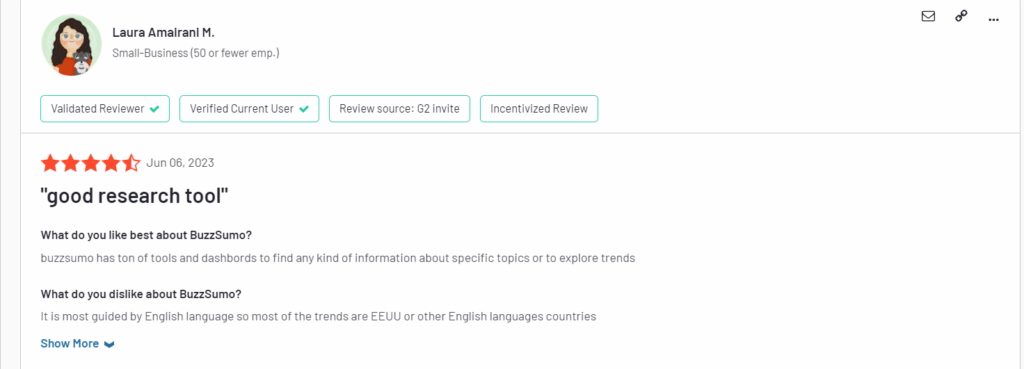Do you support the idea of the Old Content Marketing Strategy? – Prowriterteam Blog
Content marketing has evolved significantly over the past few decades. From traditional print media to digital dominance, the strategies used to attract and retain audiences have undergone massive transformations.
However, some marketers still swear by the “old” content marketing strategies—those that relied heavily on long-form blog posts, keyword stuffing, and quantity over quality.
Check out other posts from ProWriterTeam here.
But is the old content marketing strategy still effective in today’s fast-paced, algorithm-driven digital landscape? Do businesses still benefit from tactics that worked five or ten years ago, or has the game changed entirely?
In this comprehensive article, we will explore:
- What the Old Content Marketing Strategy Entailed
- The Pros and Cons of Traditional Content Marketing
- How Modern Content Marketing Differs
- Case Studies: When Old Strategies Still Work
- The Future of Content Marketing: Blending Old and New
- Expert Opinions on the Relevance of Old Strategies
- Final Verdict: Should You Still Use Old Content Marketing Tactics?
By the end of this guide, you’ll have a clear understanding of whether the old content marketing strategy is worth keeping in your digital playbook.
1. What the Old Content Marketing Strategy Entailed
Before diving into whether old-school content marketing still holds value, we must first define what it looked like.
Key Characteristics of Old Content Marketing:
- Keyword-Centric Approach – SEO in the early 2010s was heavily reliant on exact-match keywords. Blog posts were often stuffed with repetitive phrases to rank higher.
- Quantity Over Quality – Many brands published daily blog posts with thin content just to maintain an active presence.
- Long-Form Blog Dominance – In-depth articles (2000+ words) were considered the gold standard, regardless of user intent.
- Minimal Multimedia – Videos, infographics, and interactive content were rare. Text ruled the internet.
- One-Way Communication – Content was created for search engines rather than engagement. Comments and social shares were secondary.
- Link Building as a Primary Tactic – Guest posting, directory submissions, and exact-match anchor texts were common.
This approach worked because Google’s algorithms were less sophisticated. Today, with AI-driven search updates (like BERT and RankBrain), user experience and intent matter far more than keyword density.
Enjoying this article, check out other posts from ProWriterTeam here.
2. The Pros and Cons of Traditional Content Marketing
Pros of Old Content Marketing Strategies
- Proven SEO Benefits – Many websites built strong domain authority using these methods, some of which still rank well today.
- Established Backlink Strategies – Guest blogging and directory links, though outdated, helped many sites gain initial traction.
- Long-Form Content Still Has Value – While Google now prefers quality, comprehensive guides still perform well if well-researched.
- Simplicity – Without the need for multimedia or interactive elements, content creation was faster and cheaper.
Cons of Old Content Marketing Strategies
- Google Penalties – Keyword stuffing and unnatural backlinks can now lead to manual or algorithmic penalties.
- Poor User Engagement – Thin, keyword-stuffed content often led to high bounce rates.
- Declining Organic Reach – Social media and search algorithms now prioritize engaging, fresh content over static blog posts.
- Outdated Tactics – Many old link-building methods (like article spinning and low-quality guest posts) are now ineffective or harmful.
3. How Modern Content Marketing Differs
Today’s content marketing is more dynamic, user-focused, and multi-channel. Here’s how it differs:
Key Differences Between Old and New Content Marketing
| Factor | Old Content Marketing | Modern Content Marketing |
| SEO Focus | Keyword stuffing | Semantic search & intent |
| Content Length | Always long-form | Mixed (short & long) |
| Engagement | One-way communication | Interactive & conversational |
| Content Types | Mostly text blogs | Videos, podcasts, visuals |
| Distribution | Organic search only | Omnichannel (social, email, SEO) |
| Performance Metrics | Page views & backlinks | Dwell time, shares, conversions |
Modern strategies prioritize user experience (UX), E-E-A-T (Experience, Expertise, Authoritativeness, Trustworthiness), and multimedia integration.
4. Case Studies: When Old Strategies Still Work
Despite the shift, some old tactics still deliver results when used correctly.
Case Study 1: Backlinko’s Long-Form SEO Guides
Brian Dean’s Backlinko still relies on long-form, data-driven content—a tactic from the old days. However, he combines it with modern UX, visuals, and deep research, proving that quality long-form content still works.
Case Study 2: HubSpot’s Evergreen Blog Strategy
HubSpot continues to rank for decade-old blog posts by updating them regularly, showing that old content can remain relevant with proper maintenance.
Case Study 3: Forbes’ Hybrid Approach
Forbes mixes short news updates with in-depth analyses, balancing old and new strategies effectively.
5. The Future of Content Marketing: Blending Old and New
The best approach is not abandoning old strategies but evolving them.
How to Modernize Old Tactics:
- Repurpose Old Blogs into Videos/Infographics
- Update Outdated Content Instead of Deleting It
- Use Keywords Naturally (No Stuffing)
- Focus on Engagement (Comments, Social Shares)
- Combine SEO with Conversational AI (Chatbots, Voice Search Optimization)
6. Expert Opinions on the Relevance of Old Strategies
- Neil Patel: “Old SEO tactics are dead, but foundational principles (like keyword research) still matter.”
- Rand Fishkin: “User experience is now the biggest ranking factor—optimize for humans, not bots.”
- Gary Vaynerchuk: “Content marketing isn’t about quantity; it’s about context and distribution.”
Enjoying this article, check out other posts from ProWriterTeam here.
7. ProWriterTeam Final Verdict: Should You Still Use Old Content Marketing Tactics?
Yes, but selectively.
- Keep long-form, well-researched content but make it engaging.
- Use natural keyword placement, not stuffing.
- Repurpose and update old content instead of deleting it.
No, if used blindly.
- Avoid spammy backlinks and thin content.
- Don’t ignore video, social media, and interactive content.
Conclusion
The old content marketing strategy isn’t completely obsolete—it just needs refinement. By blending time-tested tactics with modern engagement strategies, businesses can create a sustainable, high-performing content marketing plan.
The key is adaptation. What worked in 2010 won’t work the same way in 2024, but the core principles of valuable, audience-focused content remain unchanged.
Faq
1. What is the “Old Content Marketing Strategy”?
The old content marketing strategy refers to traditional methods like blog posts, static websites, email newsletters, and basic SEO tactics that were dominant before the rise of AI, video content, and advanced algorithms.
2. Do you support using old content marketing strategies today?
Yes, but with updates. Core principles like quality content and SEO still matter, but they should be adapted to modern trends like AI optimization, video integration, and interactive content.
3. Is blogging still effective in today’s content marketing?
Yes, blogging remains effective if optimized for search intent, updated regularly, and supplemented with multimedia (videos, infographics, and interactive elements).
4. How does old content marketing compare to new strategies like short-form video?
Old strategies focus on long-form, evergreen content, while new trends favor quick, engaging formats (TikTok, Reels). A balanced approach (combining both) works best.
5. Can old content be repurposed for modern marketing?
Absolutely! Updating old blog posts, converting them into videos, podcasts, or social media snippets can breathe new life into existing content.
6. Does SEO still matter in the age of AI and voice search?
Yes, SEO is still crucial, but tactics have evolved. Voice search, featured snippets, and semantic search require updated keyword strategies while retaining classic on-page SEO best practices.
7. Was email marketing part of the old strategy, and is it still relevant?
Yes, email marketing was a key part of old strategies, and it remains highly effective—especially when personalized and automated with modern tools.
8. Did old content marketing strategies lack engagement?
Some did, as they were often one-way (blog-to-reader). Modern strategies emphasize two-way engagement (comments, social media interactions, live chats).
9. How can businesses blend old and new content marketing strategies?
Combine evergreen blog content with interactive formats (polls, quizzes), leverage AI for optimization, and distribute content across multiple channels (social media, YouTube, newsletters).
10. Are old content marketing strategies cost-effective compared to new ones?
They can be, especially for small businesses. Blogging and SEO have a high ROI over time, while newer tactics like paid ads and influencer marketing may require bigger budgets.
This article provides a comprehensive breakdown of whether the idea of the Old Content Marketing Strategy is worth it, with data-backed insights and real-world examples.

